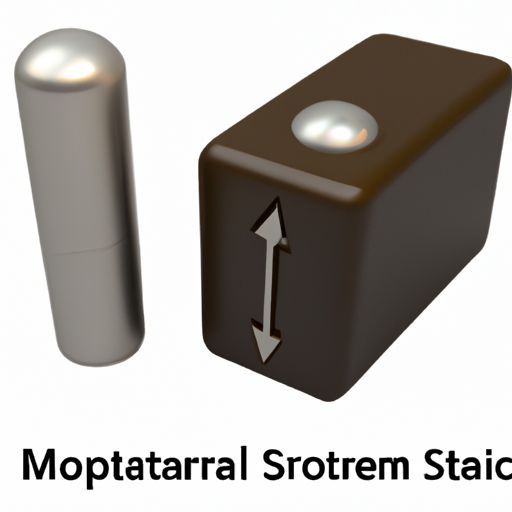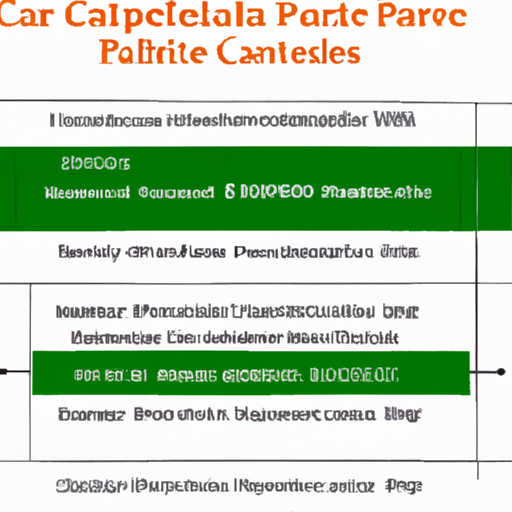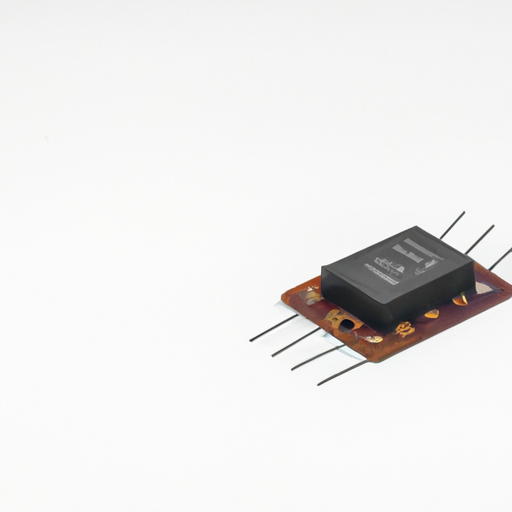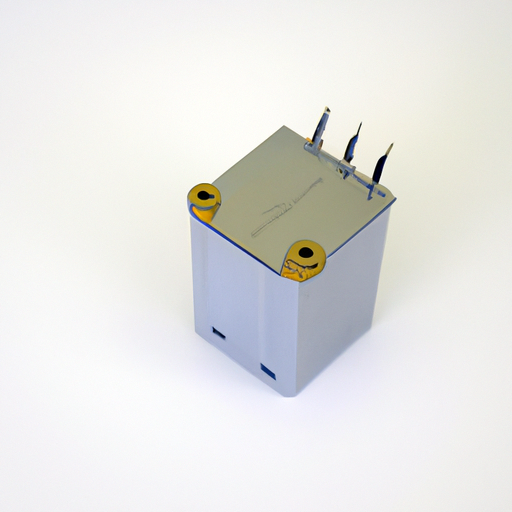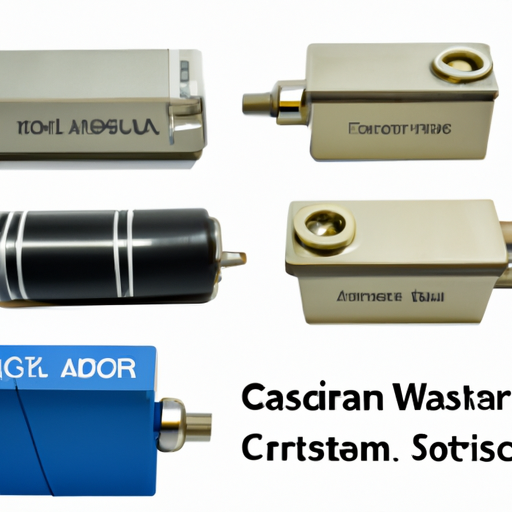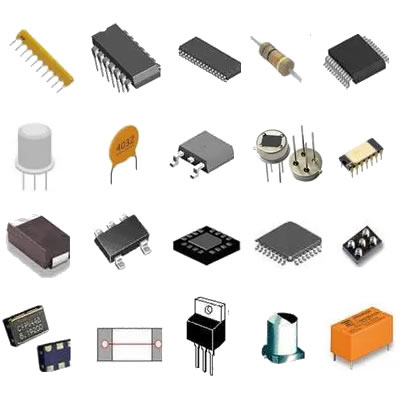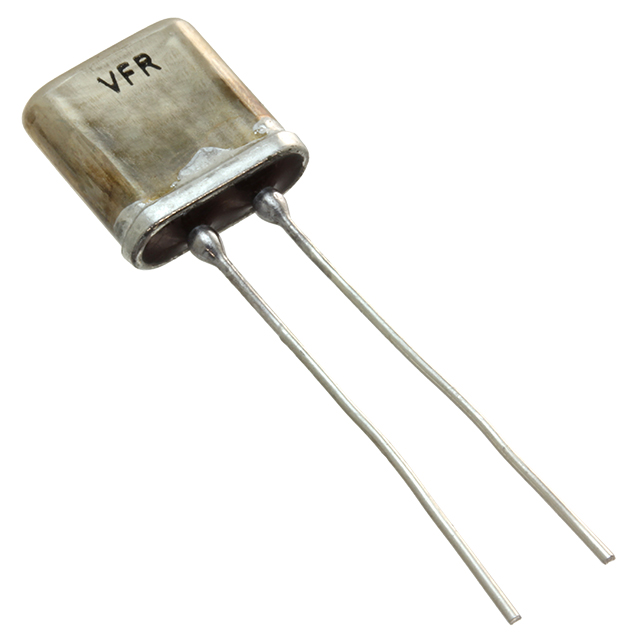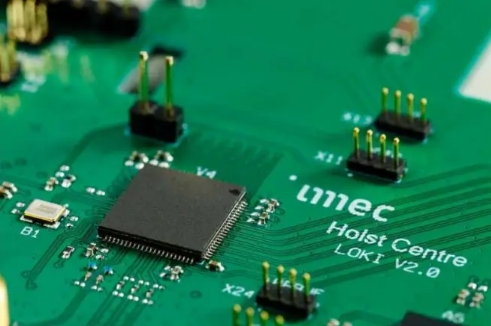What is the difference between mainstream capacitors and capacitor models?
What is the Difference Between Mainstream Capacitors and Capacitor Models?
I. Introduction
Capacitors are fundamental components in electronic circuits, playing a crucial role in energy storage, filtering, and signal processing. They are essential for the proper functioning of various devices, from simple household electronics to complex industrial machinery. This article aims to differentiate between mainstream capacitors—those commonly used in the industry—and capacitor models, which are theoretical representations used in circuit design and simulation. Understanding these differences is vital for engineers and designers who work with electronic components.
II. Understanding Capacitors
A. Basic Principles of Capacitance
Capacitance is defined as the ability of a component to store an electrical charge. It is measured in farads (F), with common subunits being microfarads (µF) and picofarads (pF). Capacitors store energy in an electric field created between two conductive plates separated by an insulating material, known as a dielectric. When a voltage is applied across the plates, an electric field forms, allowing the capacitor to store energy. When the voltage is removed, the capacitor can release this energy back into the circuit.
B. Types of Capacitors
There are several types of capacitors, each with unique characteristics and applications:
1. **Electrolytic Capacitors**: Known for their high capacitance values, these capacitors are polarized and typically used in power supply circuits.
2. **Ceramic Capacitors**: These are non-polarized capacitors with a wide range of capacitance values, often used for decoupling and filtering applications.
3. **Film Capacitors**: Made from thin plastic films, these capacitors are known for their stability and low loss, making them suitable for audio and high-frequency applications.
4. **Tantalum Capacitors**: These capacitors offer high capacitance in a small package and are often used in compact electronic devices.
5. **Supercapacitors**: Also known as ultracapacitors, these devices can store large amounts of energy and are used in applications requiring rapid charge and discharge cycles.
III. Mainstream Capacitors
A. Definition and Characteristics
Mainstream capacitors refer to the commonly used capacitors in the electronics industry. They are characterized by standard specifications and ratings, making them easily accessible for various applications. These capacitors are manufactured to meet specific industry standards, ensuring reliability and performance.
B. Applications of Mainstream Capacitors
Mainstream capacitors find applications in numerous areas, including:
1. **Power Supply Circuits**: They smooth out voltage fluctuations and provide stable power to electronic devices.
2. **Signal Coupling and Decoupling**: Capacitors are used to couple AC signals between stages of an amplifier while blocking DC components.
3. **Timing Applications**: In conjunction with resistors, capacitors are used in timing circuits, such as oscillators and timers.
C. Advantages and Disadvantages
Mainstream capacitors offer several advantages:
1. **Cost-Effectiveness**: They are mass-produced, making them affordable for various applications.
2. **Availability and Reliability**: These capacitors are widely available and have established reliability in the industry.
3. **Limitations in Performance**: However, mainstream capacitors may have limitations in terms of performance, such as tolerance, temperature stability, and lifespan.
IV. Capacitor Models
A. Definition and Purpose
Capacitor models are theoretical representations of capacitors used in circuit design and simulation. They help engineers predict how capacitors will behave under different conditions, allowing for more accurate designs. Modeling is essential in electronic design automation (EDA) tools, where simulations can save time and resources.
B. Types of Capacitor Models
1. **Ideal Capacitor Model**: This model assumes a perfect capacitor with no losses, providing a simplified view of capacitance.
2. **Non-Ideal Capacitor Models**: These models account for real-world factors such as equivalent series resistance (ESR), leakage current, and dielectric losses, providing a more accurate representation of capacitor behavior.
3. **Behavioral Models**: These models use mathematical equations to describe the behavior of capacitors under various conditions, allowing for complex simulations.
C. Applications of Capacitor Models
Capacitor models are used in various applications, including:
1. **Simulation in Electronic Design Automation (EDA)**: Engineers use capacitor models to simulate circuit behavior before physical prototypes are built.
2. **Predicting Performance in Various Conditions**: Models help predict how capacitors will perform under different temperatures, frequencies, and voltages.
D. Advantages and Disadvantages
The use of capacitor models offers several benefits:
1. **Enhanced Accuracy in Design**: Models provide a more accurate representation of capacitor behavior, leading to better circuit designs.
2. **Complexity and Computational Requirements**: However, more complex models may require significant computational resources and expertise to implement effectively.
V. Key Differences Between Mainstream Capacitors and Capacitor Models
A. Physical vs. Theoretical
The most significant difference between mainstream capacitors and capacitor models lies in their nature. Mainstream capacitors are physical components that can be purchased and used in circuits, while capacitor models are theoretical representations used for analysis and design.
B. Practical Applications vs. Design Tools
Mainstream capacitors are used in real-world applications, providing essential functions in electronic devices. In contrast, capacitor models serve as design tools, helping engineers simulate and analyze circuit behavior before implementation.
C. Performance Characteristics
Mainstream capacitors exhibit real-world performance characteristics, including tolerances, temperature coefficients, and aging effects. Capacitor models, on the other hand, often represent idealized performance, which may not account for all real-world factors.
VI. Conclusion
In summary, understanding the differences between mainstream capacitors and capacitor models is crucial for anyone involved in electronic design. Mainstream capacitors are essential components used in various applications, while capacitor models provide valuable insights for circuit simulation and analysis. As technology advances, the development of new capacitor types and modeling techniques will continue to shape the future of electronic design, making it imperative for engineers to stay informed about both aspects.
VII. References
For further exploration of capacitors and their models, consider the following resources:
1. "Capacitors: Principles and Applications" by John Smith
2. "Electronic Components: A Complete Reference" by Jane Doe
3. Online resources such as IEEE Xplore and Electronics Tutorials for up-to-date information on capacitor technology and modeling techniques.
By understanding both mainstream capacitors and capacitor models, engineers can design more efficient and reliable electronic systems, paving the way for innovation in the field.

